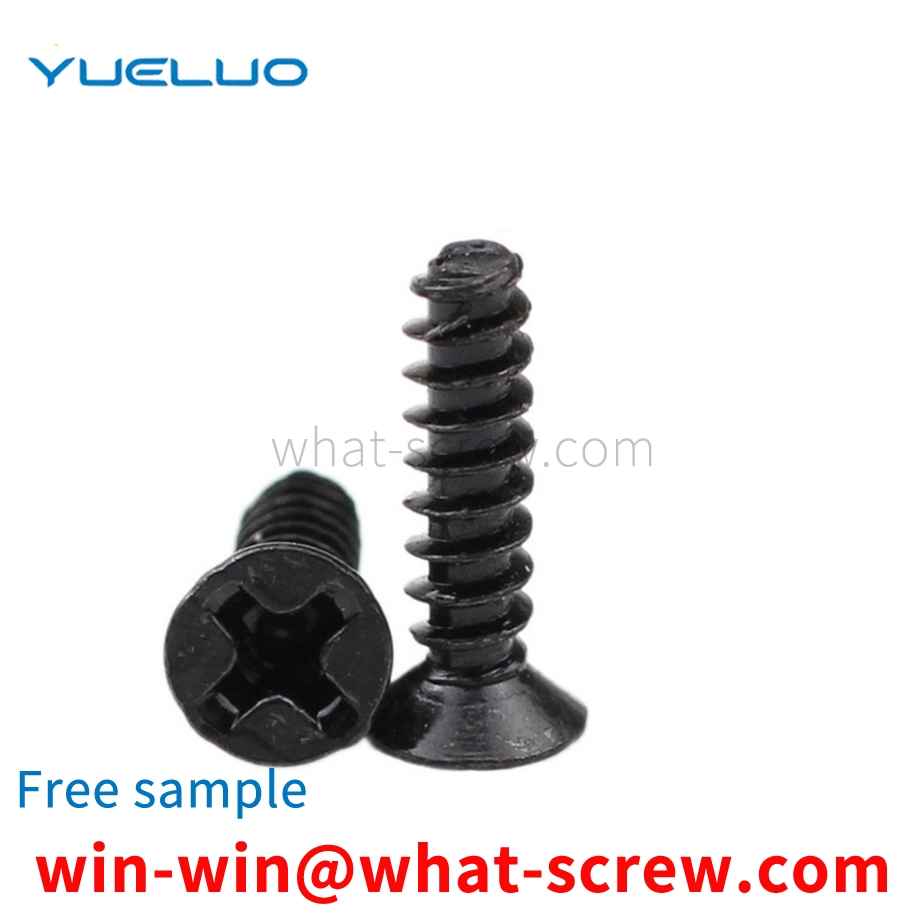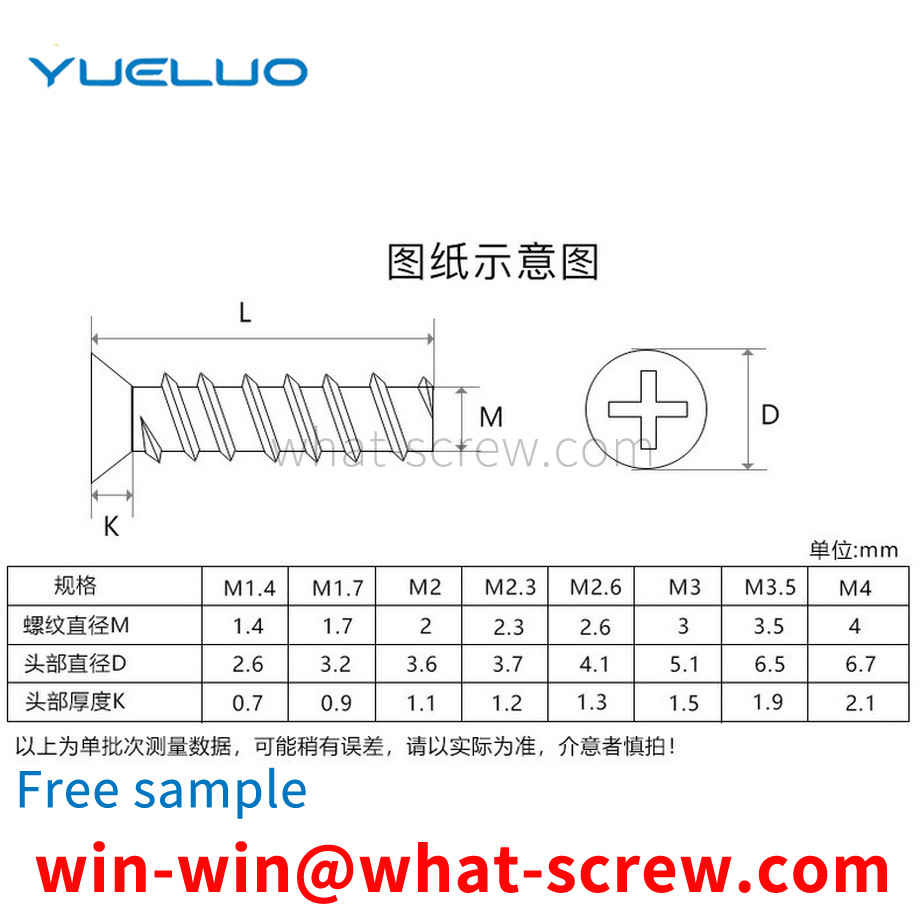With the development of the economy, automobiles have become an indispensable means of transportation in people's lives, and the production, sales and after-sales services of automobiles have also developed rapidly. Automobile wheels and steel rings are an important part of auto parts and are also related to The use of the car is safe. The connection between the car wheel and the steel ring is realized by bolts, so the bolts and nuts need to have good fixation.
Nuts are very common fasteners. Generally, the torque cannot be limited when the nut is twisted. The degree of tightness of the nut is mostly judged by the worker's experience. In this way, when the nut is over-tightened, it will lead to the destruction of the thread pair, thereby shortening the fastener. The life of the nut may even cause the bolts to be pulled off in severe cases; and the nut is too loosely screwed, which will lead to the problem of insecure fixing.
Many standoffs are used in sheet metal and aluminum profile processing. However, the existing pressure riveting nut column generally adopts a clearance fit between the pressure riveting and the pressed plate, which has no effect on the general pressure riveting, but it has high surface quality requirements for aluminum profiles, especially Painting aluminum profiles will have a certain impact. First, because the bottom holes of pressure riveting on aluminum profiles are generally processed on ordinary punching machines, a tapered hole with a horn will be generated, which will further increase the gap between the pressure riveting nut columns. Make the mutual tightening force smaller, causing some aluminum profile components to loosen the riveting nut when installing screws, resulting in unqualified surface quality. Therefore, we urgently need a way to reduce the matching gap with the bottom hole of the aluminum profile pressure riveting. The pressure riveting standoff is used to increase the wrapping force between the pressure riveting standoff and the aluminum profile hole.
Screws are often used on objects, such as data storage, to support the objects on a bracket. Since the item will vibrate during operation or when subjected to shock, if the shock is not minimized, the item will be damaged. Therefore, some cushioning elements with cushioning properties are applied to the article. The buffer is fixed to the object by the screw. When the object vibrates, the buffer will reduce the vibration, thereby reducing the damage to the object. However, since the buffer is exposed Therefore, when the object is installed or disassembled, the object is moving relative to the bracket, and the friction between the buffer and the bracket will cause the buffer to move. It is very easy to age, thus greatly reducing its service life. SUMMARY OF THE UTILITY MODEL In view of the above, it is necessary to provide a screw combination that can protect a buffer member with buffer performance to improve its service life. A screw combination includes a screw, an elastic retaining ring and a buffer, the screw includes a nut, a threaded portion and a neck formed between the nut and the threaded portion, the retaining ring It is fixed on the neck of the screw, the buffer is sleeved on the screw, and the screw combination further includes a cover set on the screw, and the cover includes a top and a forming part. In the shielding part of the top, the top is located between the nut and the retaining ring, and is blocked by the nut and the retaining ring so as not to be separated from the screw, and the shielding part covers the The retaining ring and the buffer element are slightly exposed from the shielding part. Compared with the prior art, the screw assembly of Guangdong Yueluo Hardware Industry Co., Ltd. protects the buffer by covering the buffer by the shutter, thereby increasing its service life.
The first person to describe the spiral was the Greek scientist Archimedes (c. 287 BC - 212 BC). An Archimedes screw is a huge spiral contained in a wooden cylinder that is used to irrigate fields by raising water from one level to another. The real inventor may not be Archimedes himself. Maybe he was just describing something that already existed. It may have been designed by the skilled craftsmen of ancient Egypt for irrigation on both sides of the Nile. In the Middle Ages, carpenters used wooden or metal nails to attach furniture to wooden structures. In the 16th century, nail makers began producing nails with a helical thread, which were used to connect things more securely. That's a small step from these kinds of nails to screws. Around 1550 AD, the metal nuts and bolts that first appeared in Europe as fasteners were all made by hand on a simple wooden lathe. Screwdrivers (screw chisels) appeared in London around 1780. Carpenters have found that tightening a screw with a screwdriver holds things in place better than hitting with a hammer, especially with fine-grained screws. In 1797, Maudsley invented the all-metal precision screw lathe in London. The following year, Wilkinson built a nut and bolt making machine in the United States. Both machines produce universal nuts and bolts. Screws were quite popular as fixings because an inexpensive method of production had been found at that time. In 1836, Henry M. Philips applied for a patent for a screw with a cross recessed head, which marked a major advance in screw base technology. Unlike traditional slotted head screws, Phillips head screws have the edge of the head of the Phillips head screw. This design makes the screwdriver self-centered and not easy to slip out, so it is very popular. Universal nuts and bolts can connect metal parts together, so by the 19th century, the wood used to make machines to build houses could be replaced by metal bolts and nuts. Now the function of the screw is mainly to connect the two workpieces together and play the role of fastening. The screw is used in general equipment, such as mobile phones, computers, automobiles, bicycles, various machine tools and equipment, and almost all machines. need to use screws. Screws are indispensable industrial necessities in daily life: extremely small screws used in cameras, glasses, clocks, electronics, etc.; general screws for televisions, electrical products, musical instruments, furniture, etc.
We have many years of experience in the production and sales of screws, nuts, flat washers, etc. The main products are: manufacturers supply hand-tight nuts, butt nuts, self-contained bolts, accessories rivets and other products, we can provide you with suitable fasteners for you solution.



















 Service Hotline
Service Hotline




